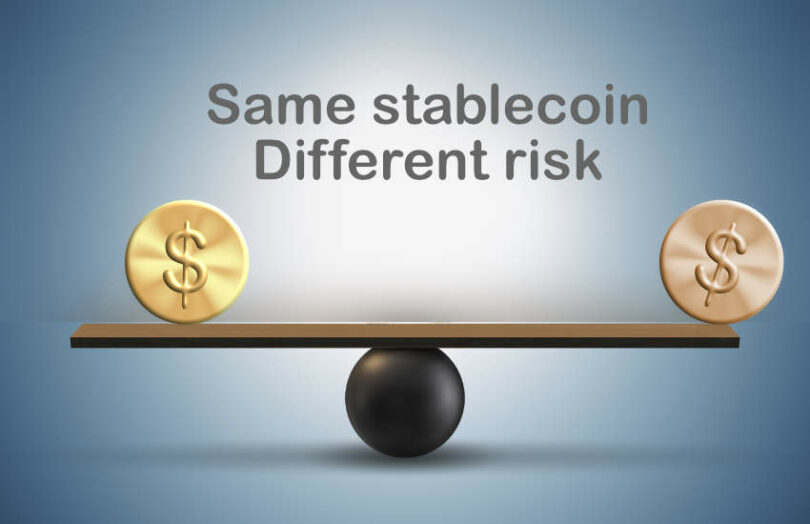When the FTX crypto exchange collapsed last year, the focus turned to the biggest exchange, Binance. People worried about the amount of the Binance USD (BUSD) stablecoin that the exchange holds because they thought it was self-issued. That’s not entirely correct. Binance outsources the issuance of BUSD to New York-regulated trust company Paxos, which has a conservative approach towards reserve assets, holding them in cash or Treasuries.
However, Paxos is only responsible for BUSD issuance on Ethereum, not the four other blockchains on which BUSD is available. “The NYDFS must approve our BUSD operations, including the blockchains on which BUSD tokens may be listed,” Paxos told us via email. “Today, BUSD is approved for issuance only on Ethereum. Paxos is not involved in the management or support of wrapped versions of BUSD.” And it makes that clear on the Paxos website.
Binance issues BUSD on other chains, including its own-brand blockchain Binance Chain. Together these amount to about a third of the total issuance of BUSD. It doesn’t create it out of thin air but uses the Ethereum BUSD as the 1:1 backing asset. This wrapping of a token to make it usable on another blockchain network is commonplace in crypto, but not without risks. The obvious ones are who has keys to the wallets and how to ensure the 1:1 backing is in sync.
Article continues …

Want the full story? Pro subscribers get complete articles, exclusive industry analysis, and early access to legislative updates that keep you ahead of the competition. Join the professionals who are choosing deeper insights over surface level news.






